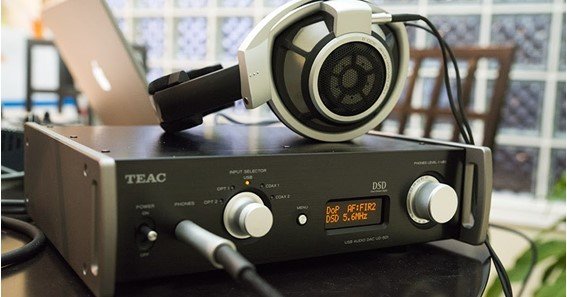TEAC, a leading name in the audio equipment industry, has continually updated its ASIO (Audio Stream Input/Output) drivers to keep pace with evolving technology and user demands. ASIO drivers are critical for ensuring low-latency audio playback and recording, making them a preferred choice among audio professionals. The recent updates to TEAC’s ASIO drivers bring various improvements that cater to both enthusiasts and studio professionals.
Key Updates in TEAC ASIO Drivers
- Enhanced Low Latency Performance: TEAC’s updated ASIO drivers have focused significantly on reducing audio latency. This improvement is crucial for real-time audio processing, enabling more accurate playback and recording without delays, a vital feature for professional environments.
- Broad OS Compatibility: The new drivers have expanded compatibility to include the latest versions of Windows operating systems, ensuring that users with modern setups can fully utilize TEAC’s hardware without any compatibility issues.
- HiDPI Support: The latest updates include HiDPI support for high-resolution monitors. This enhancement automatically adjusts the interface for optimal display, making settings clearer and easier to manage on a range of screen resolutions.
- Improved Buffer Management: Users can now set the buffer size ranging from as low as 4 samples to 2048 samples. This flexibility allows for tailored performance, balancing between ultra-low latency for recording and higher processing power for complex audio mixing.
- Auto Driver Select Feature: This new addition simplifies the setup process, allowing the system to automatically recognize and configure TEAC’s audio interfaces as the default input/output devices. This makes initial setup and adjustments more intuitive for users who work with multiple audio sources.
FAQ
- What is an ASIO driver?
ASIO (Audio Stream Input/Output) is a protocol designed for low-latency, high-fidelity audio streaming, often used in professional audio production. - What’s new in the latest TEAC ASIO drivers?
The latest updates include improved low latency, expanded compatibility, enhanced display support for high-resolution monitors, and better buffer management options. - Which operating systems are compatible with the updated drivers?
The drivers support a range of Windows OS versions, including Windows 10 and earlier versions like Windows 8.1 and Windows 7. - Why is low latency important in audio production?
Low latency ensures minimal delay between input and output, essential for real-time recording and playback, providing a more accurate and responsive audio experience. - How can I download the updated TEAC ASIO drivers?
The drivers are available on TEAC’s official website, categorized by product. Users can download them based on their specific audio interface model
Take a look at this interesting piece i-a-m-sellingluxury










